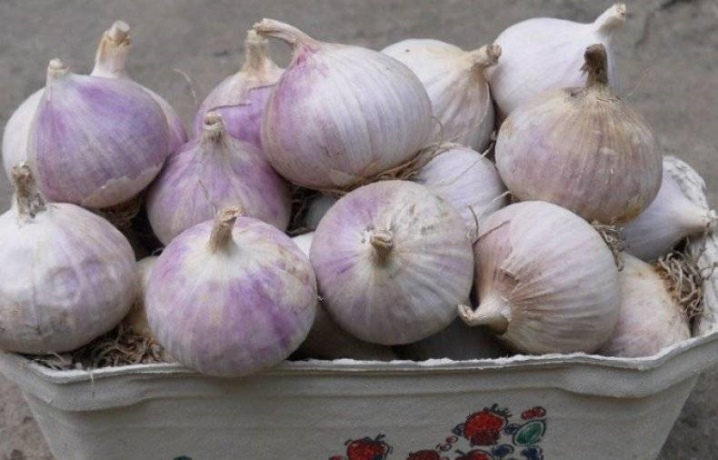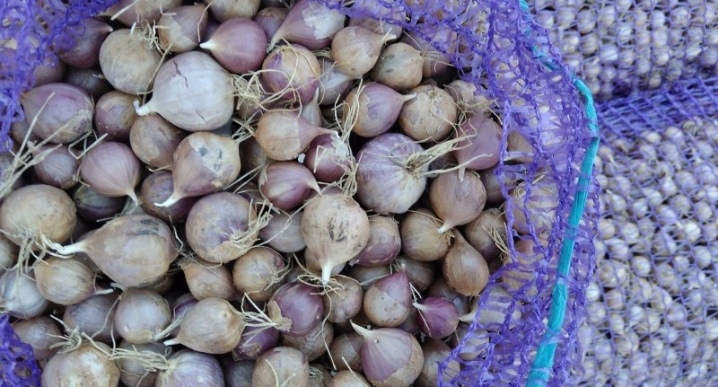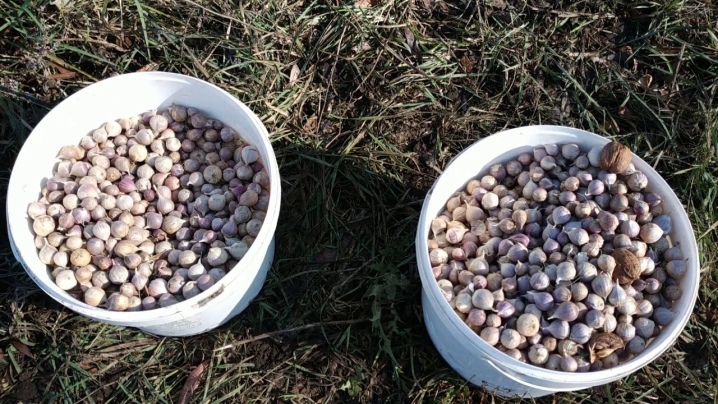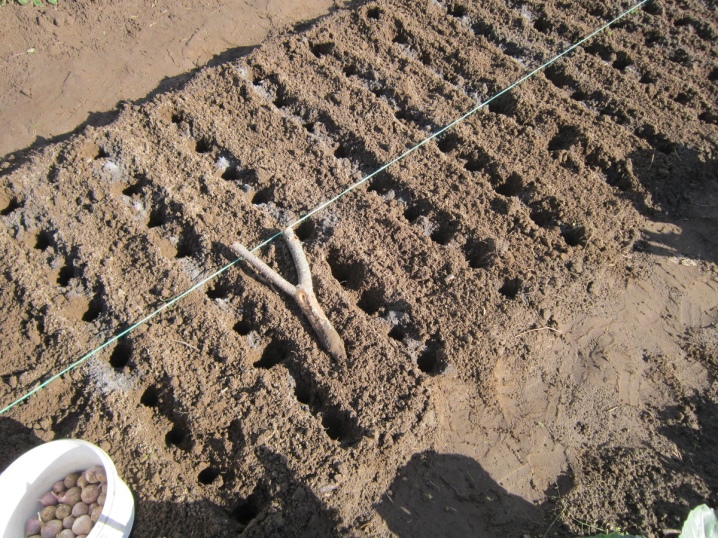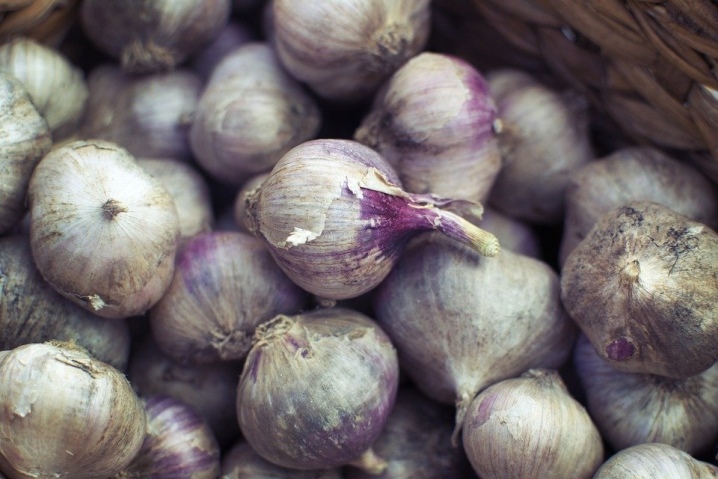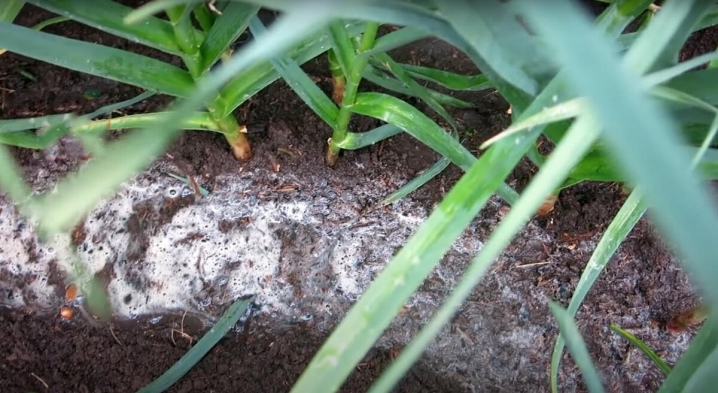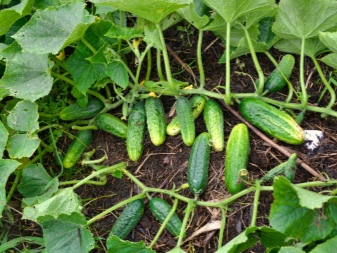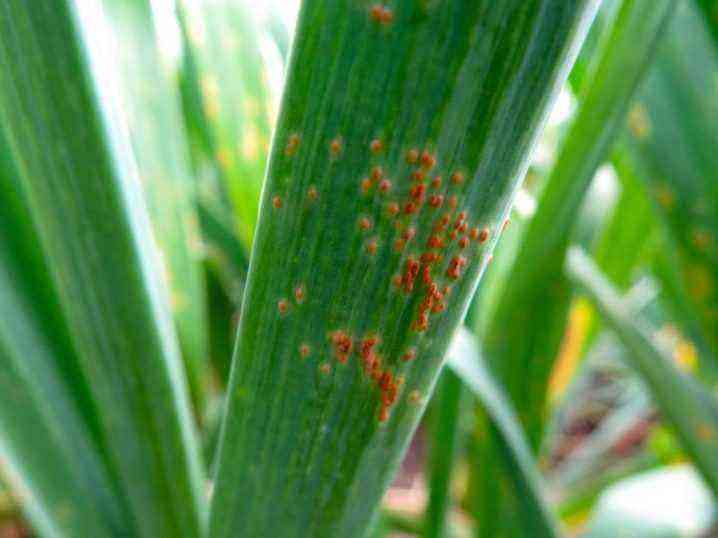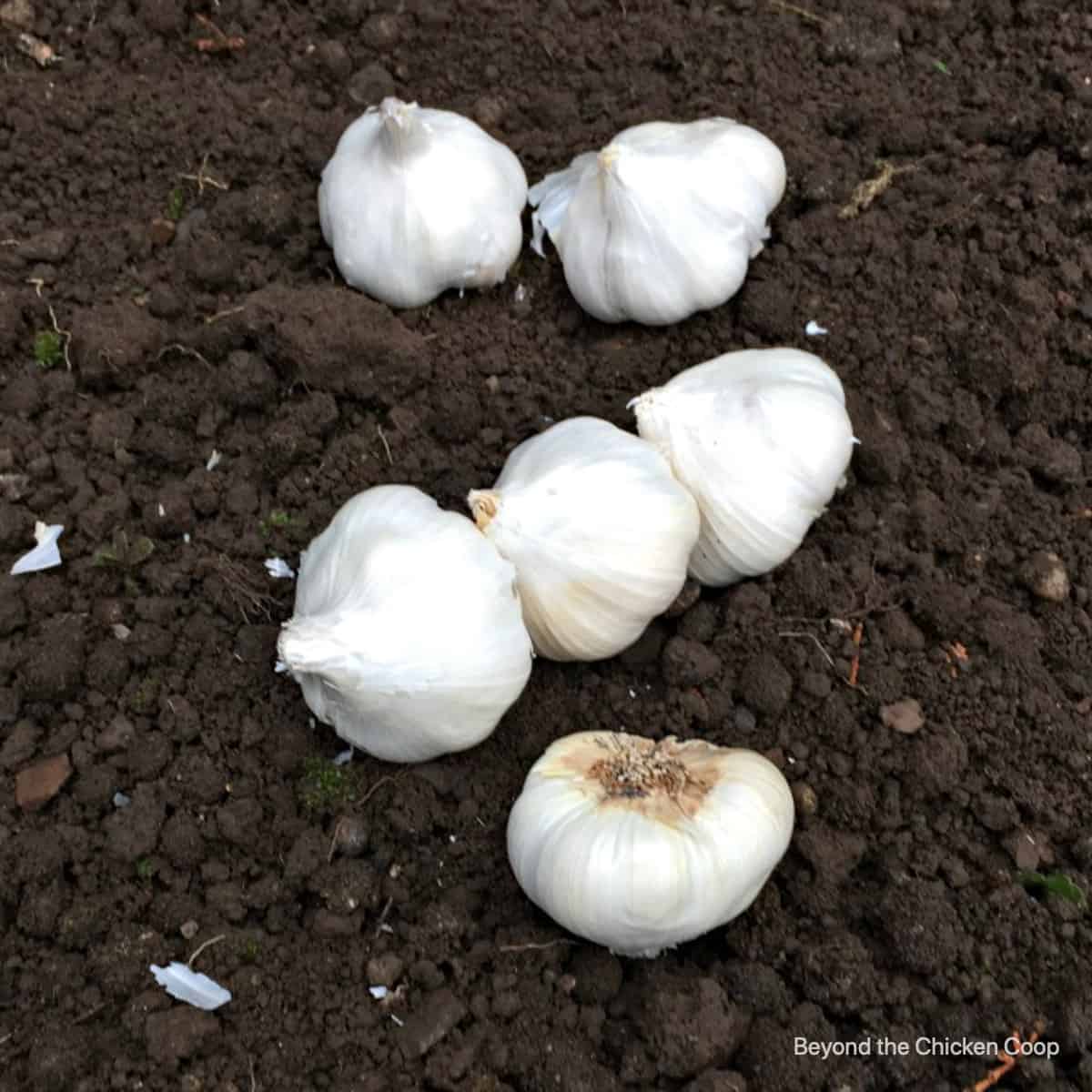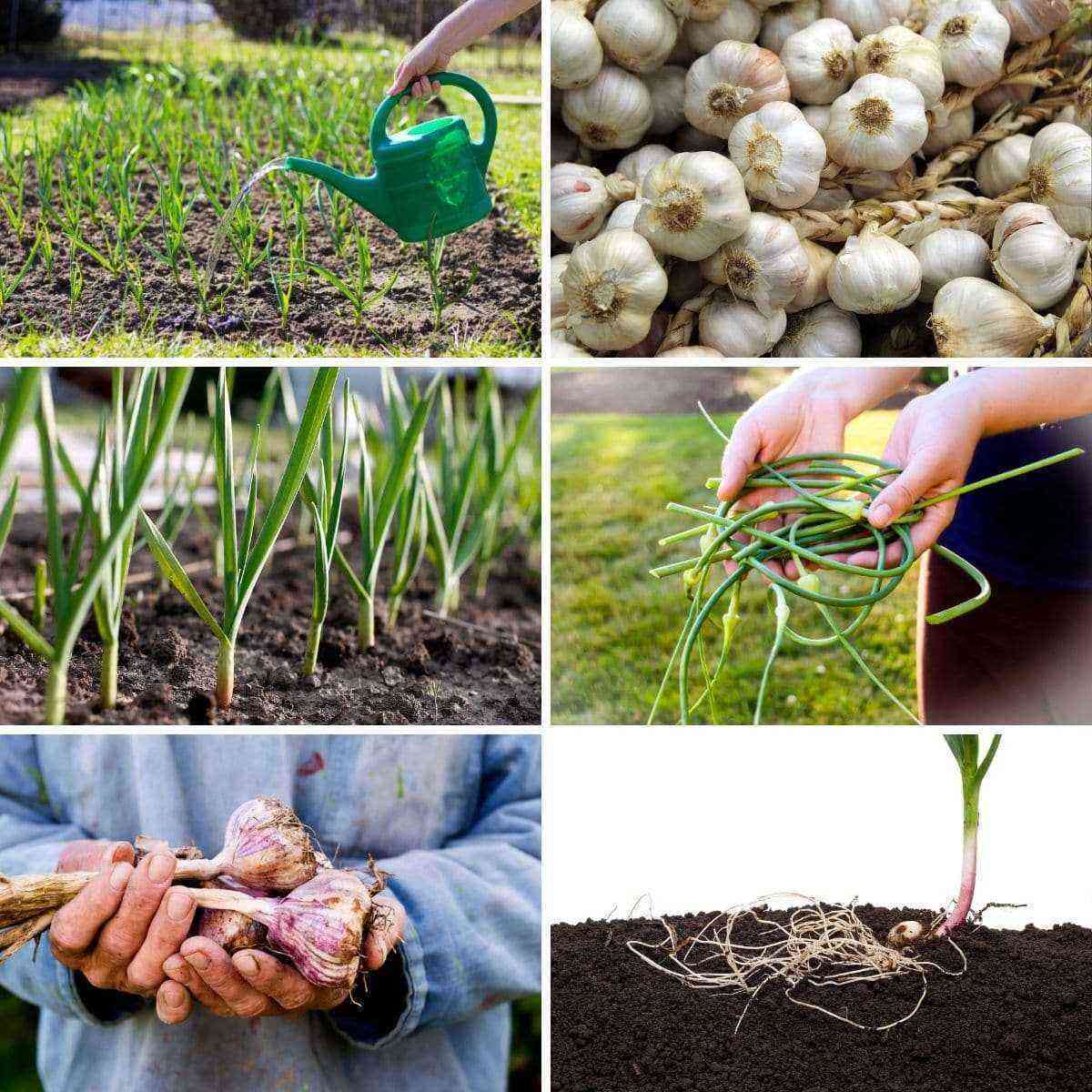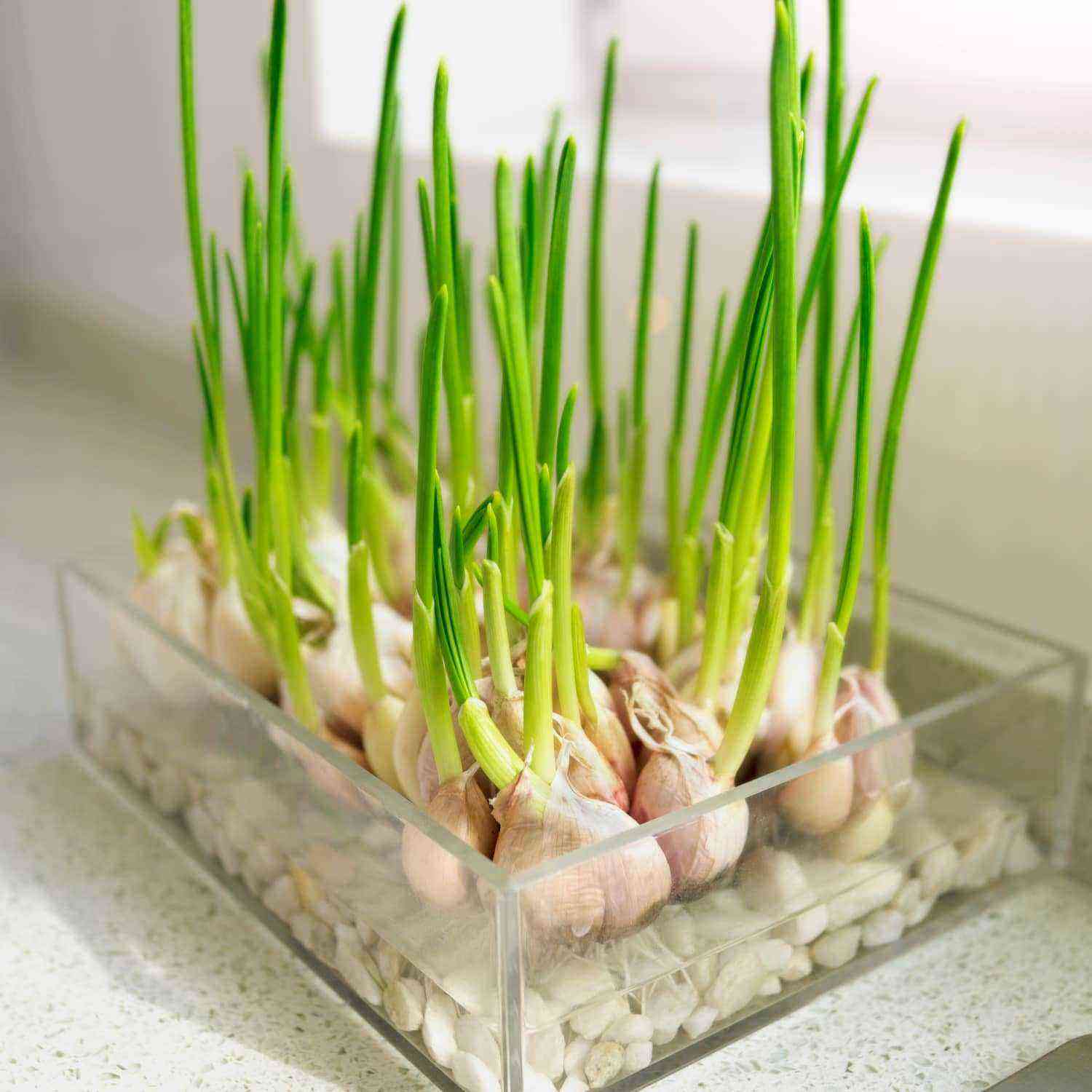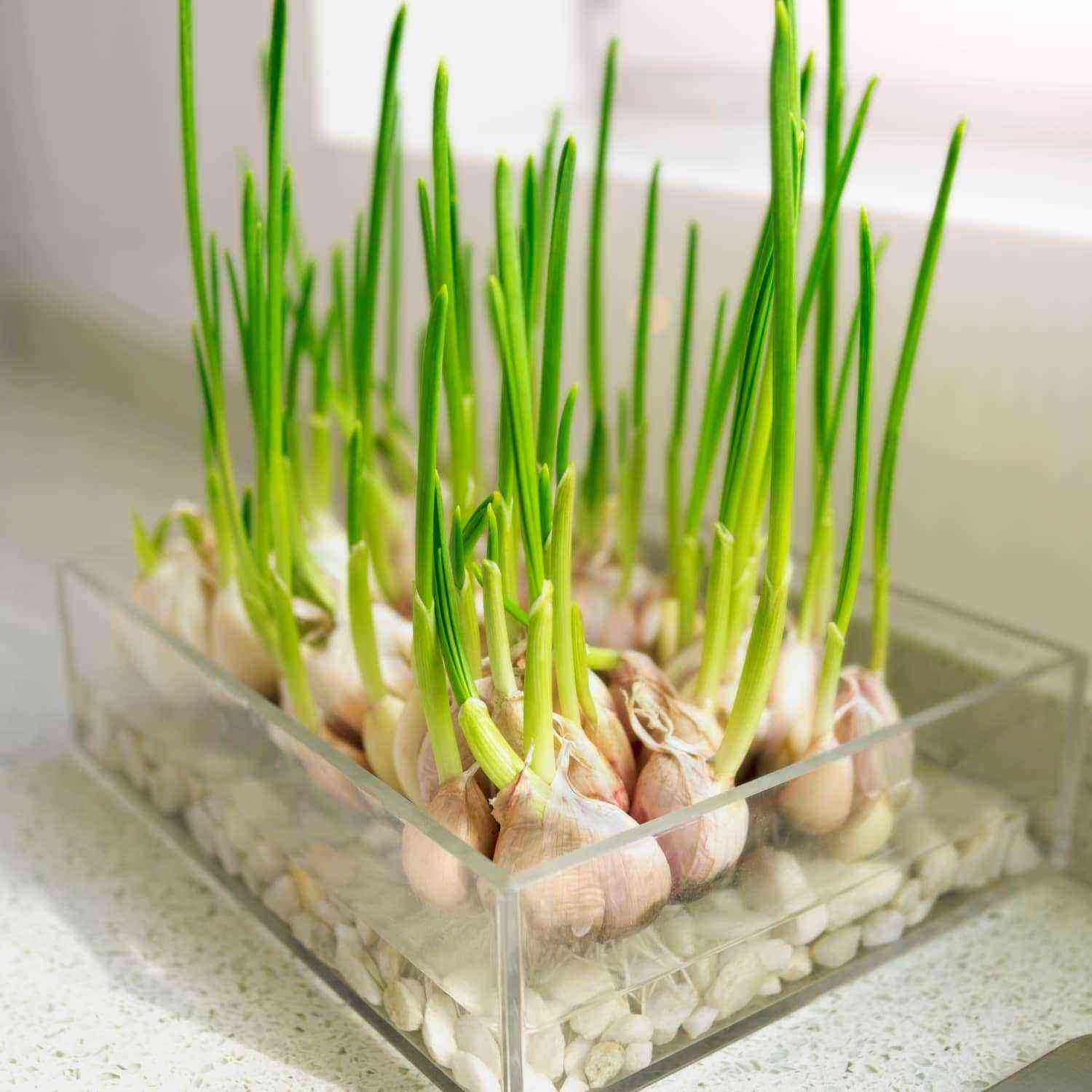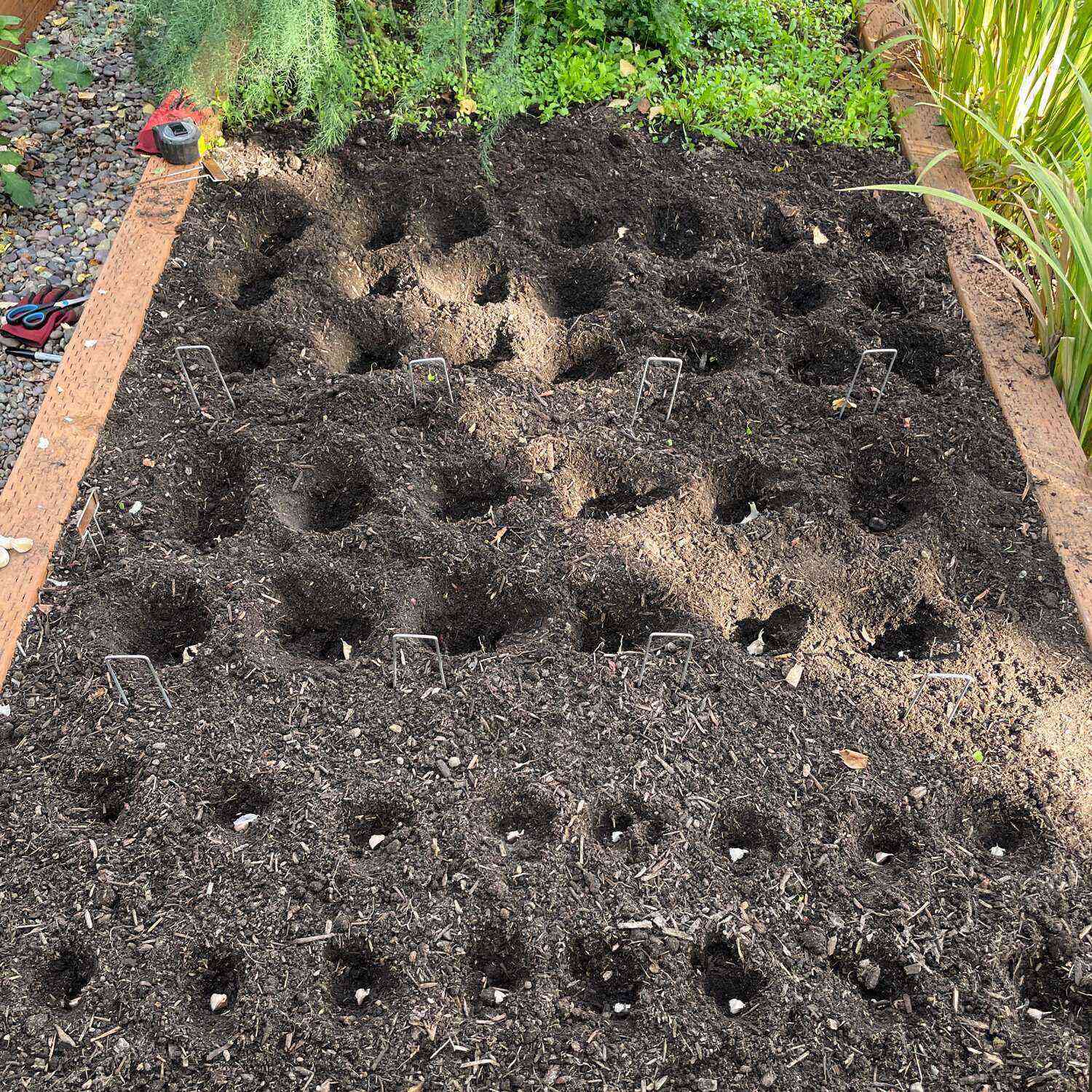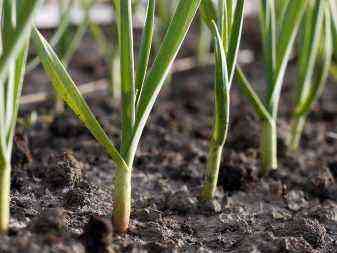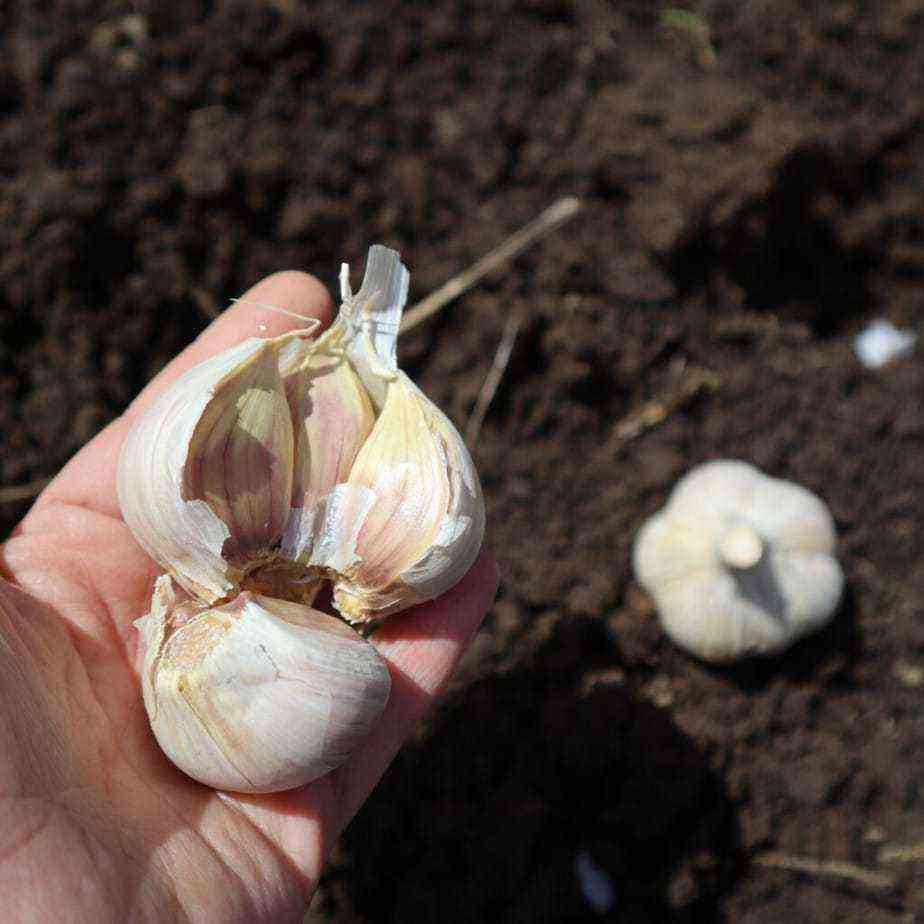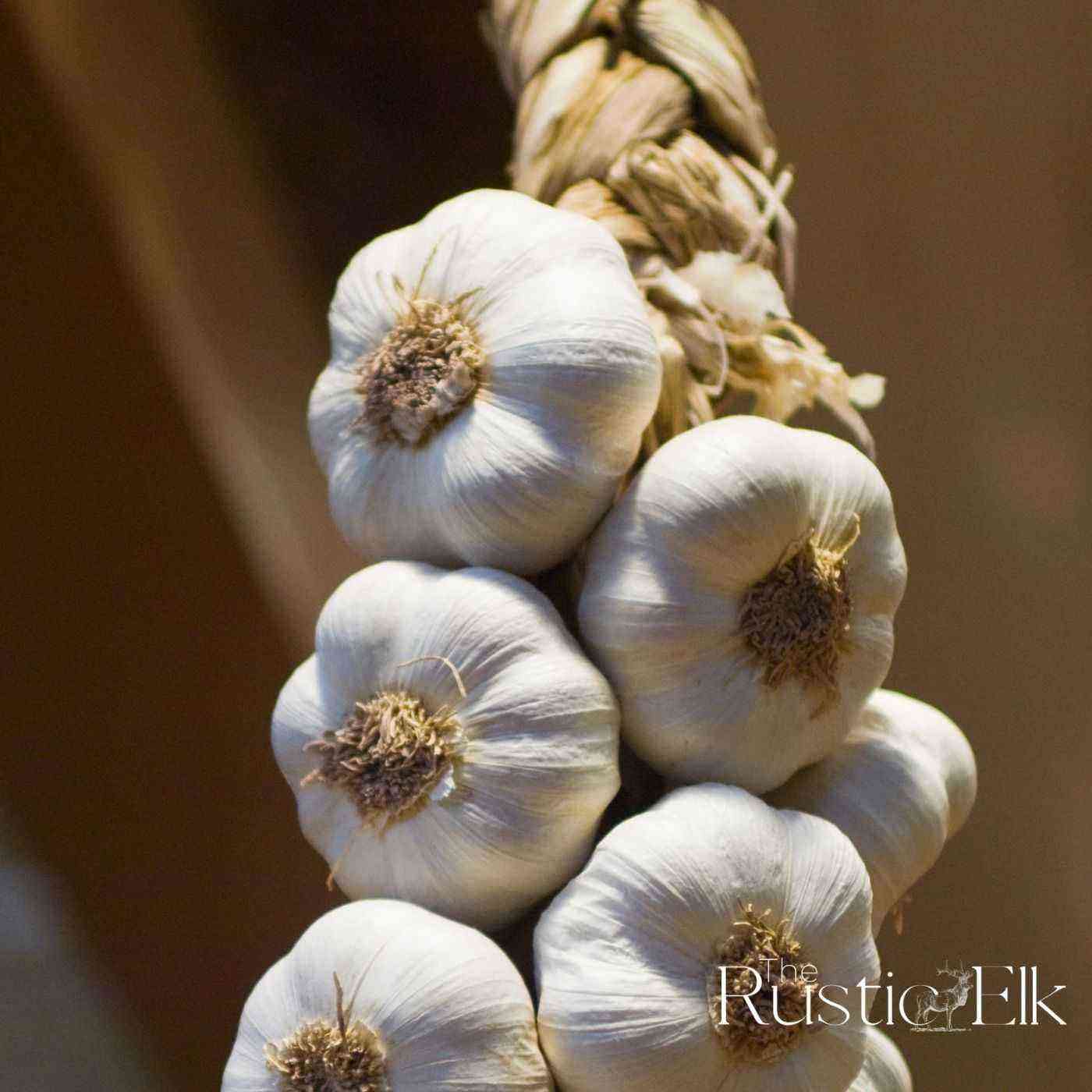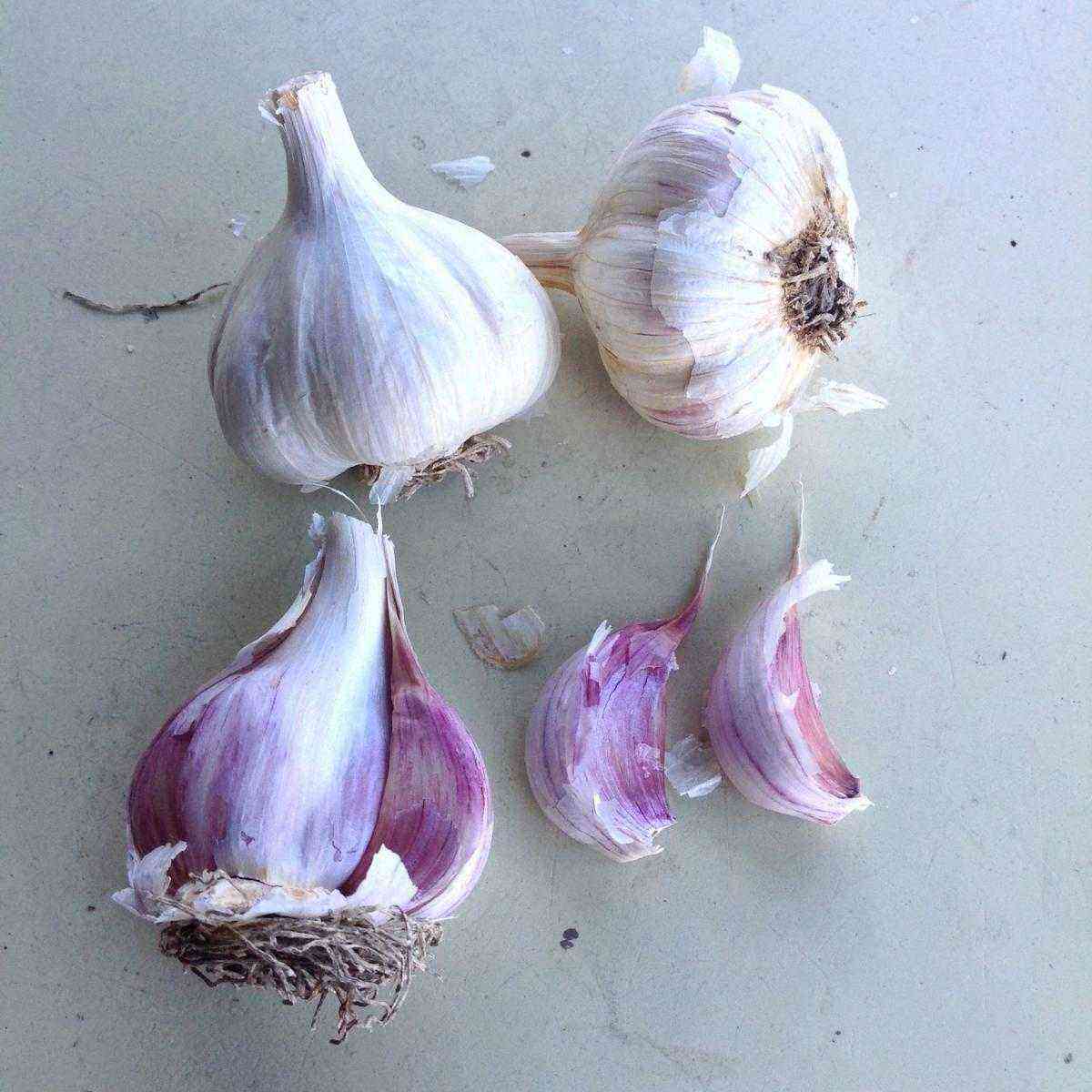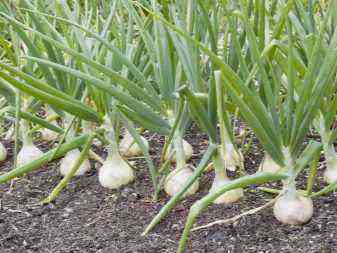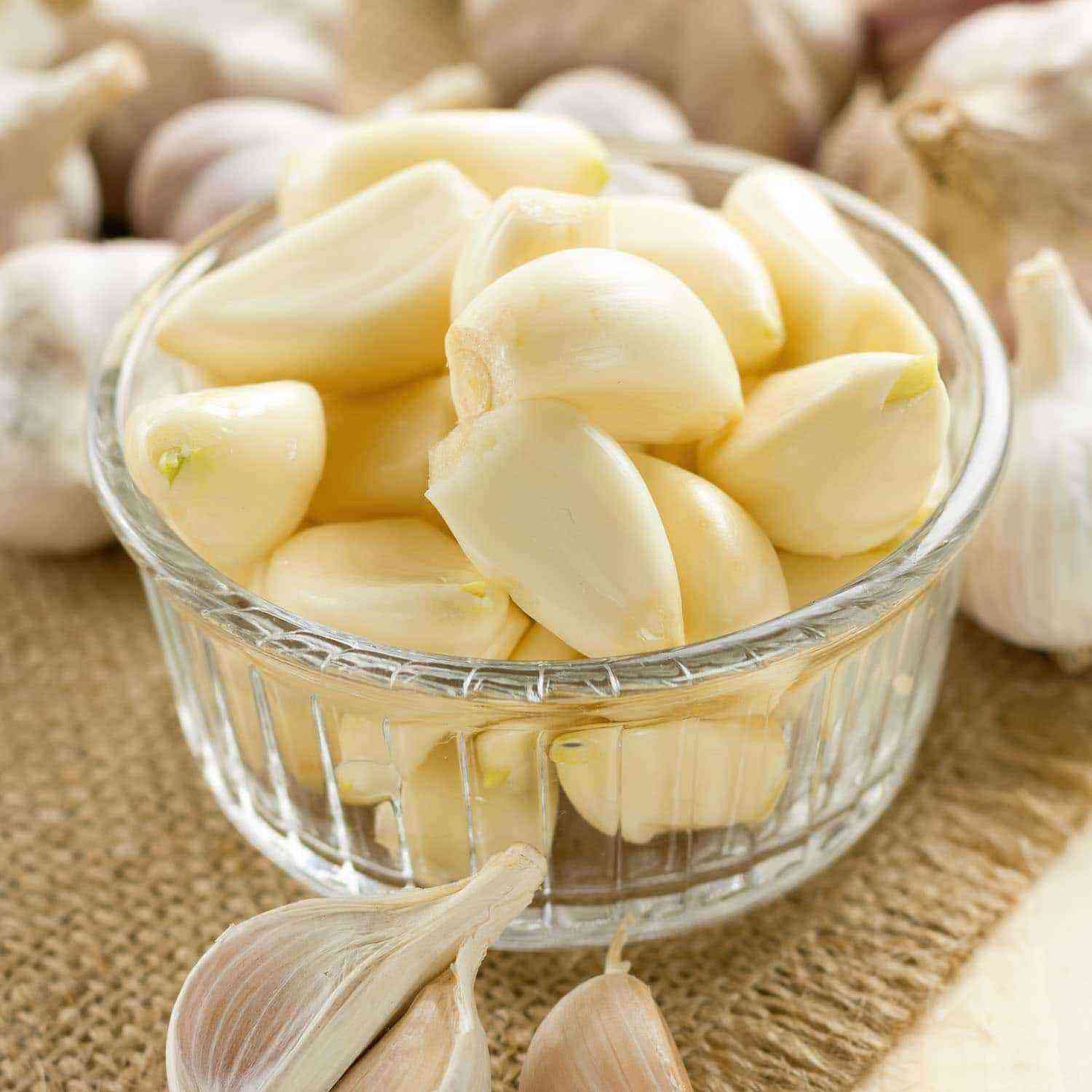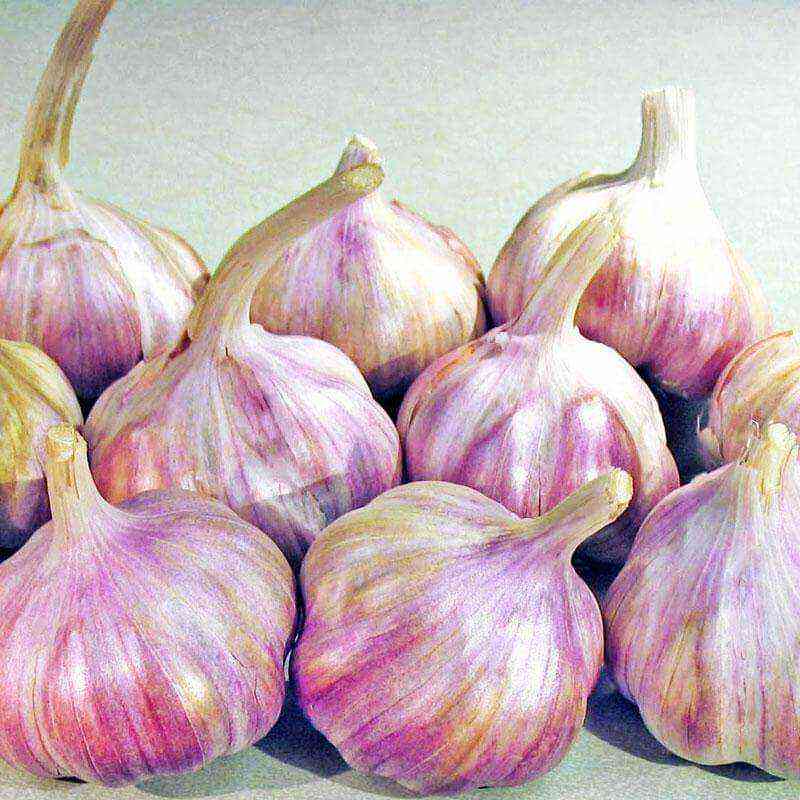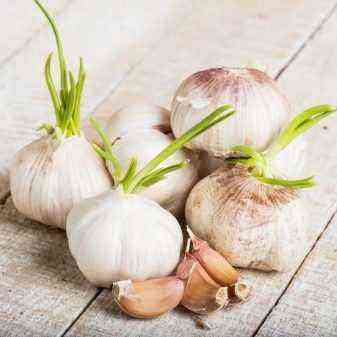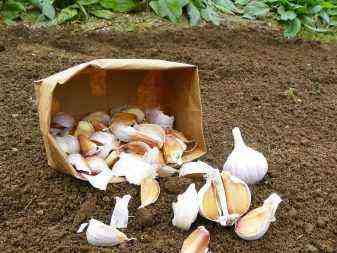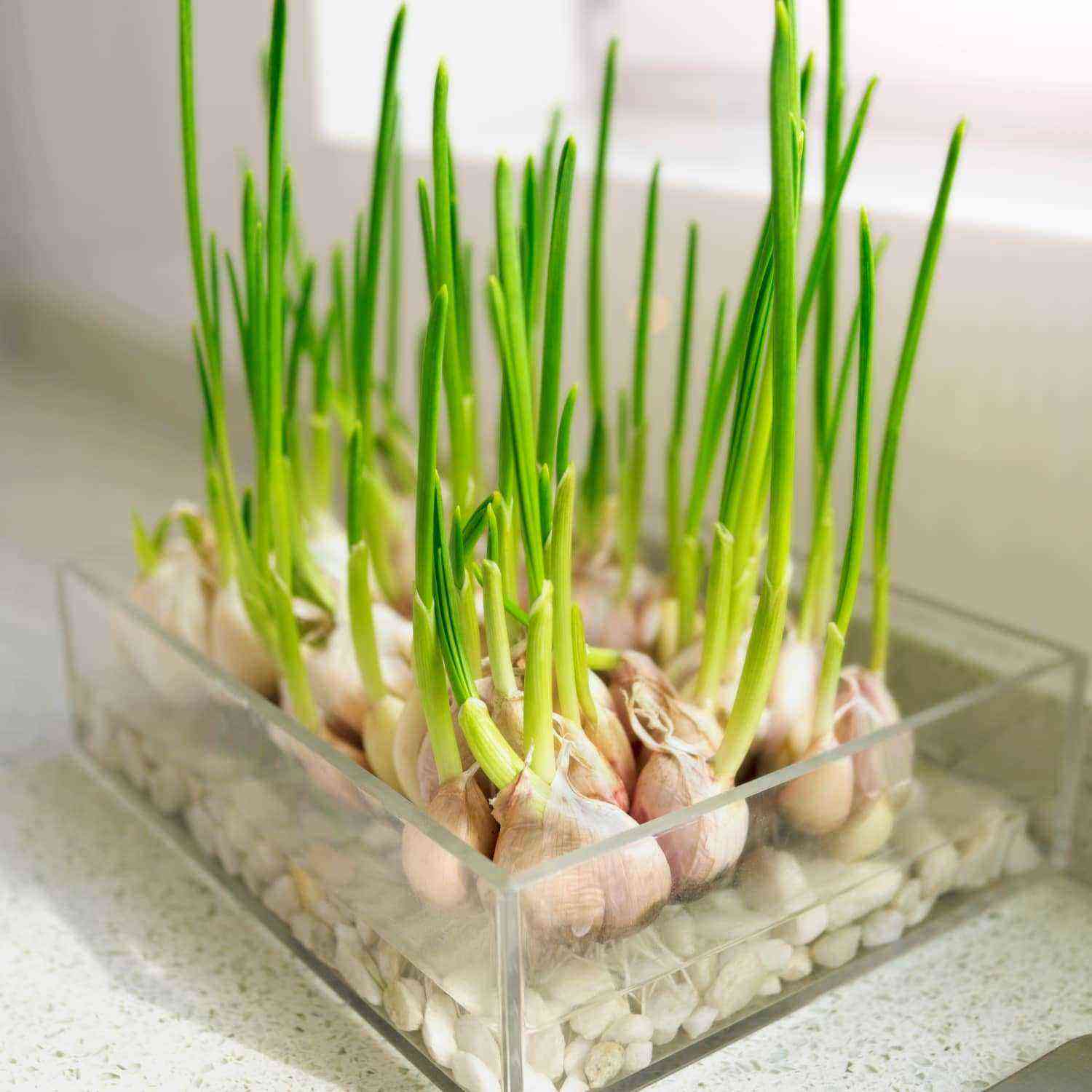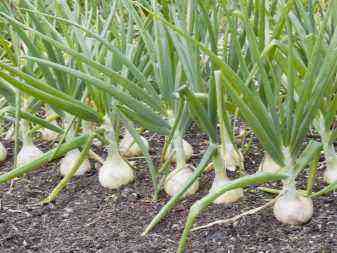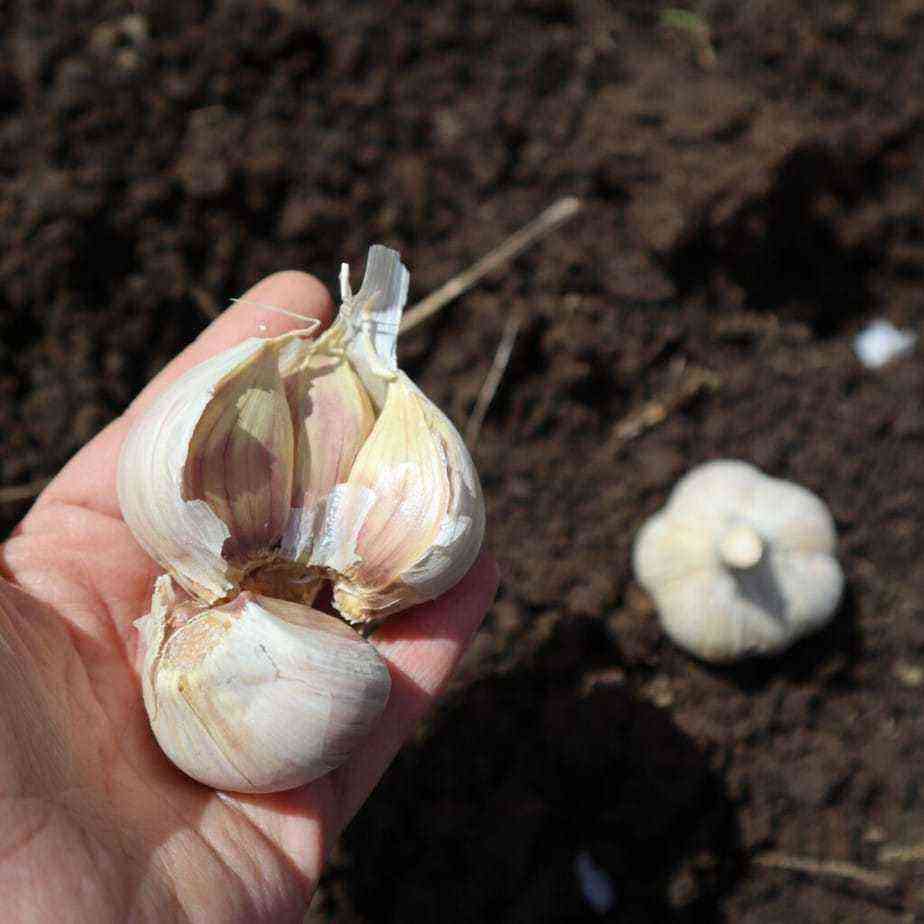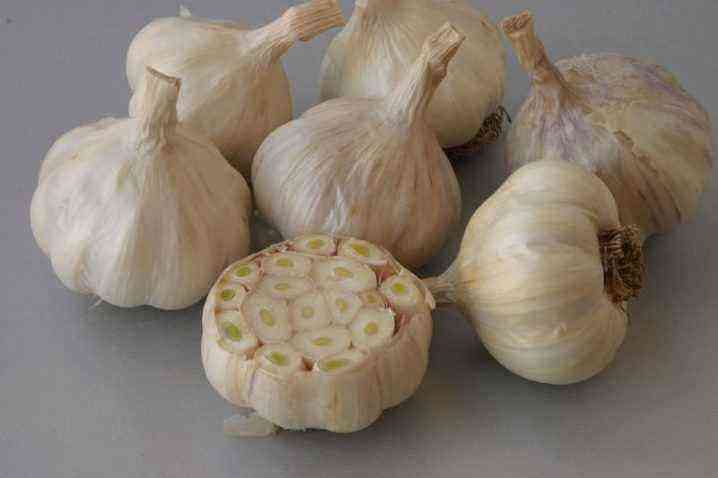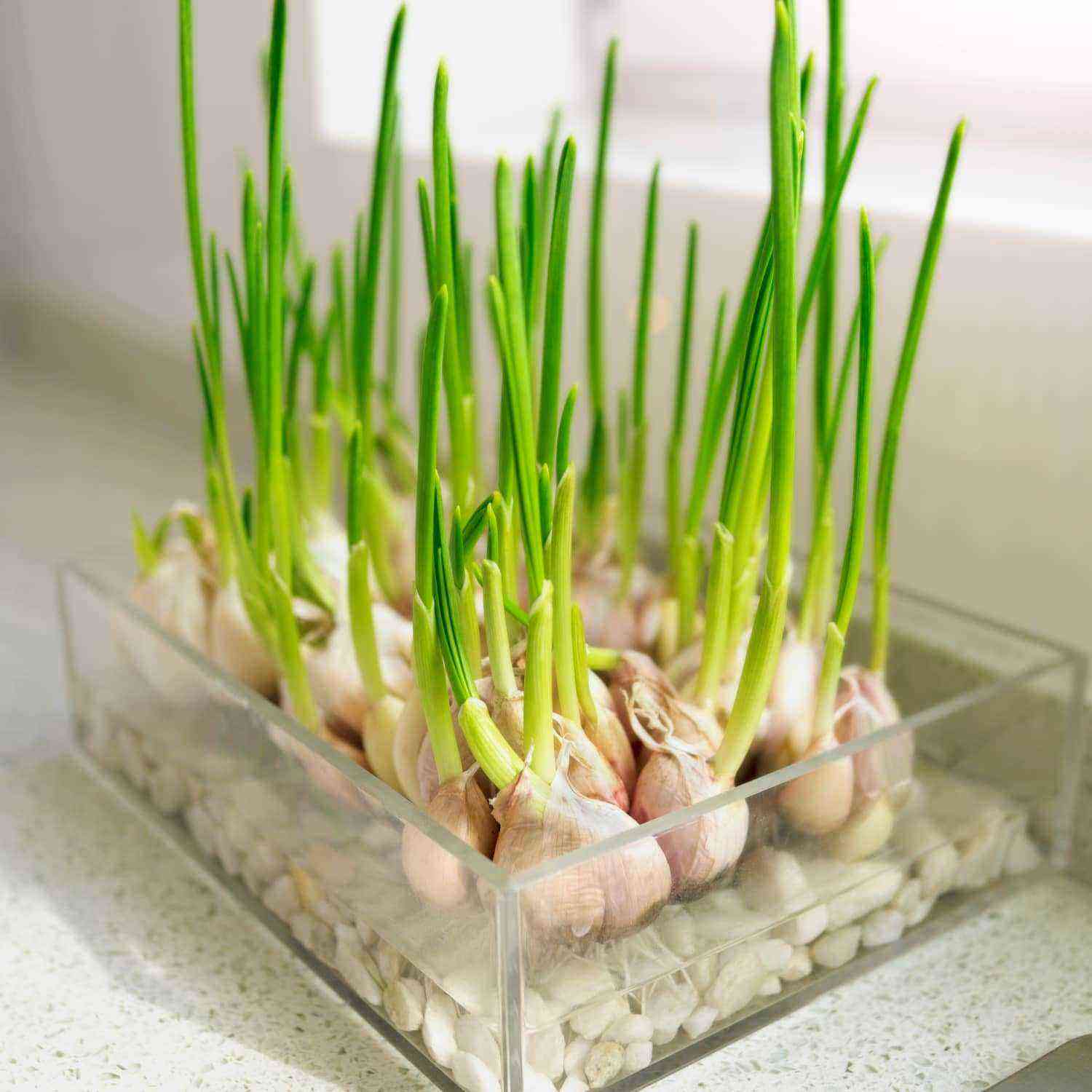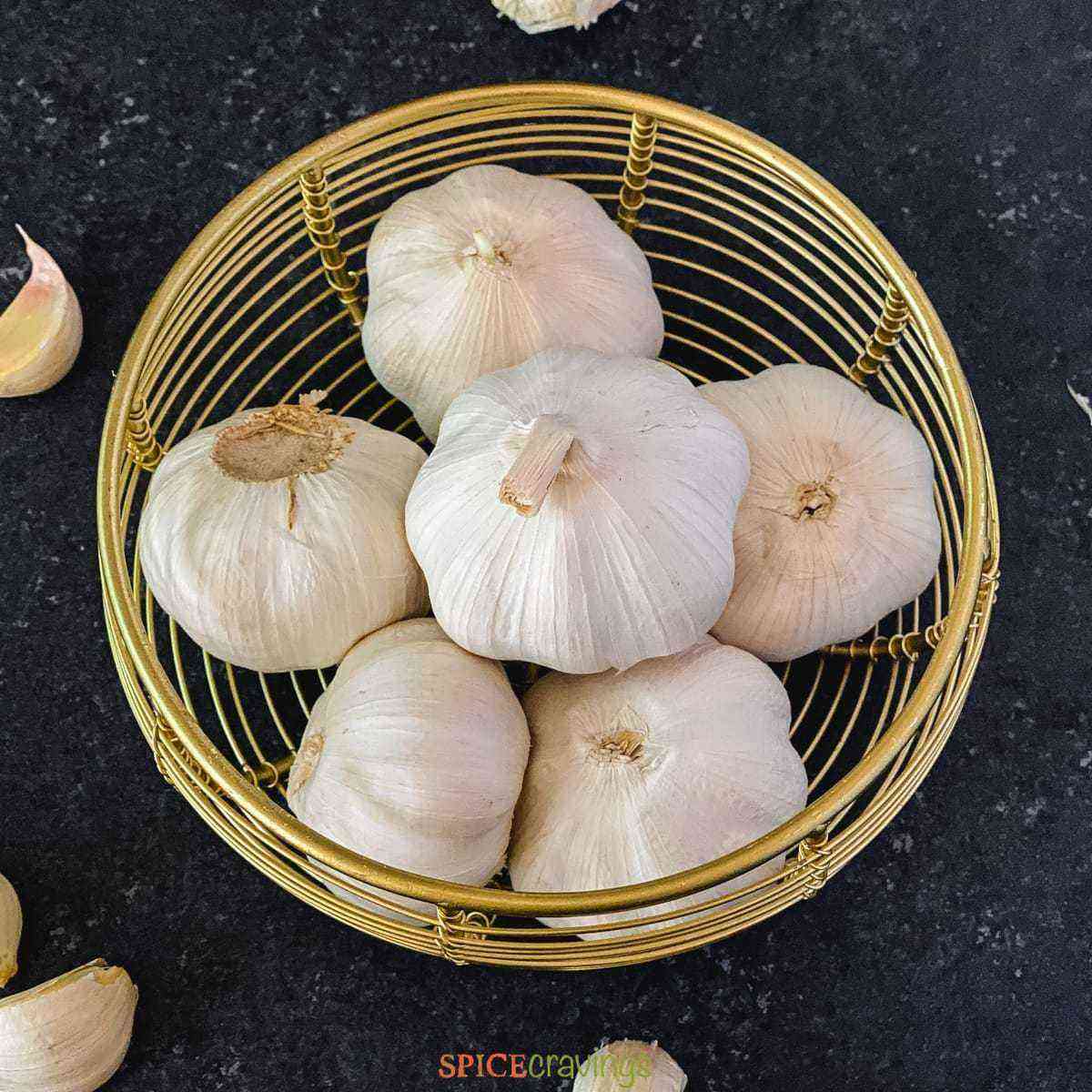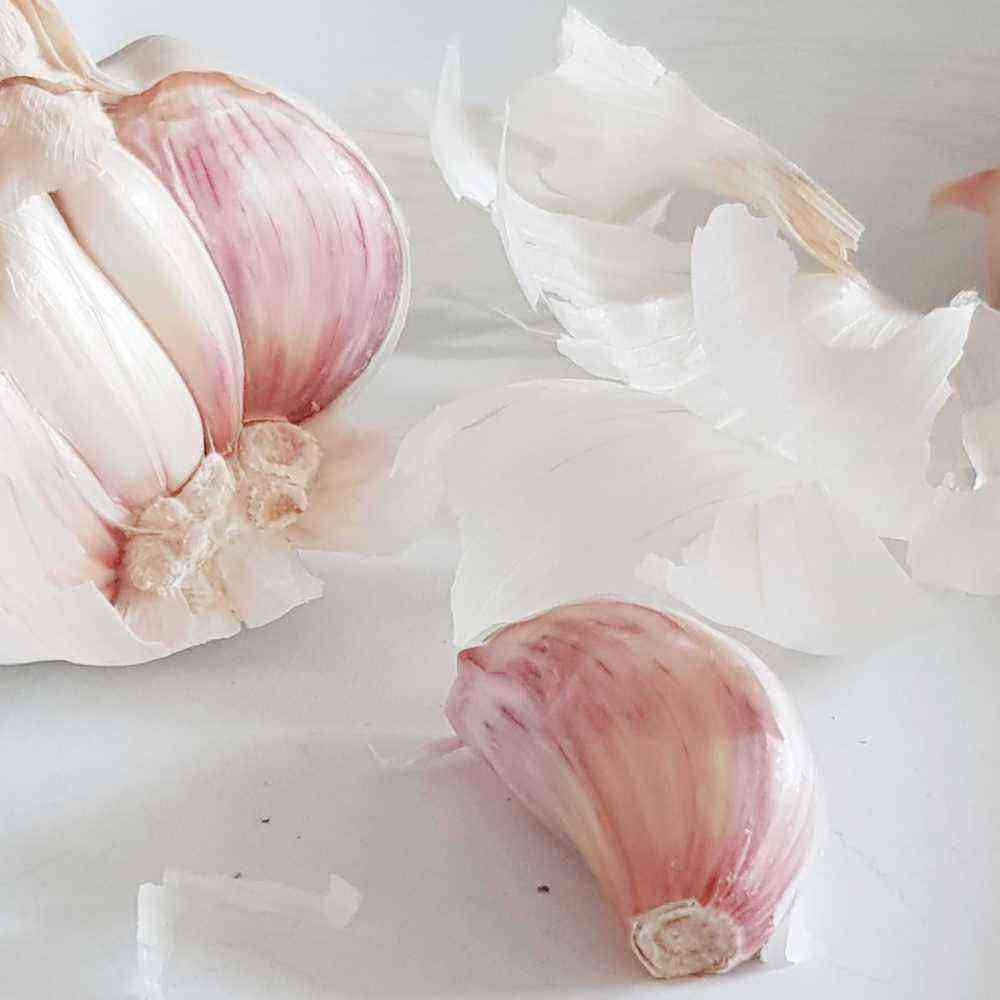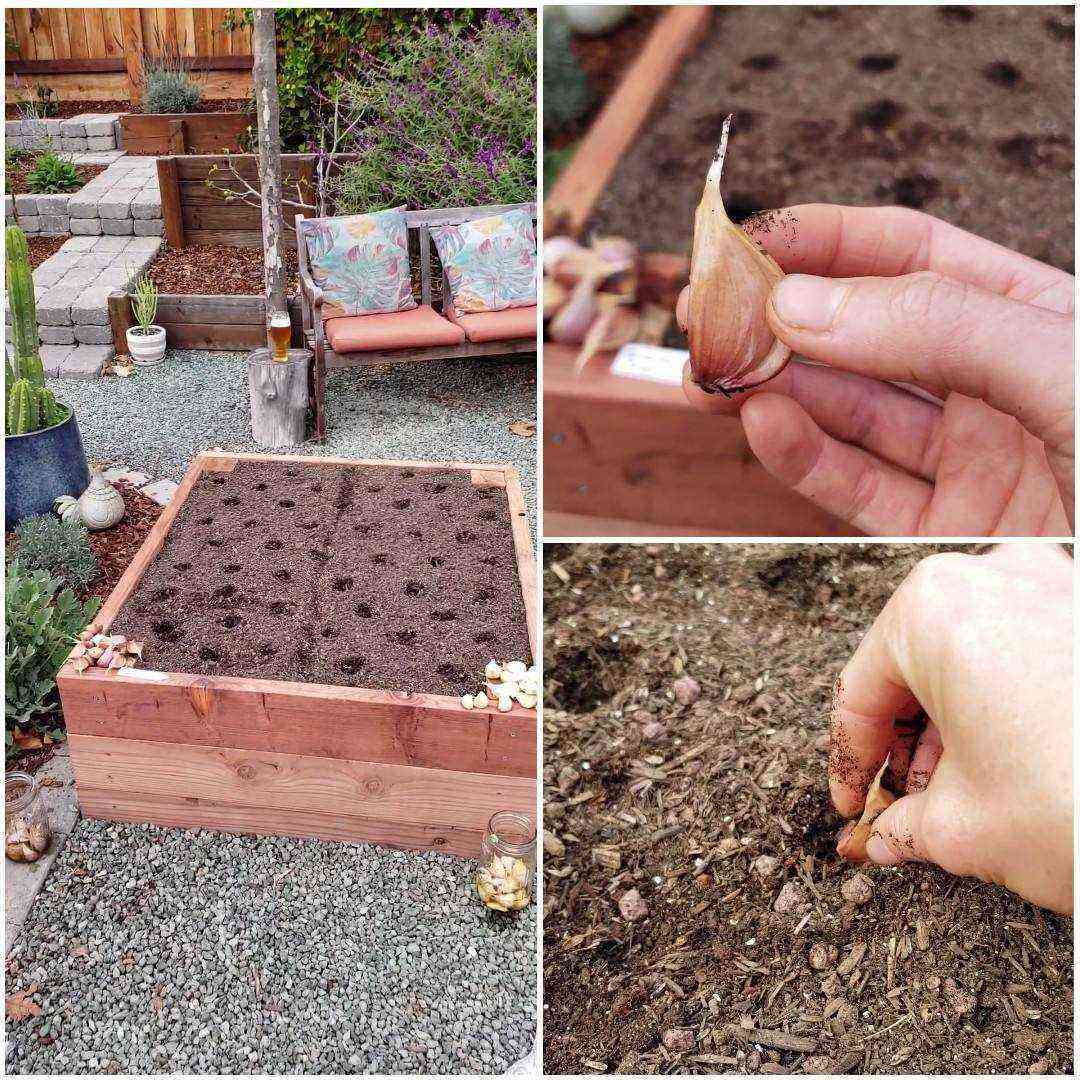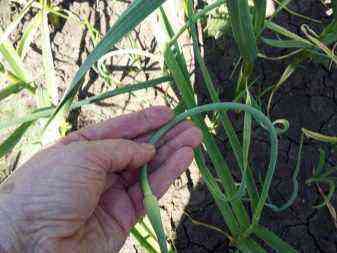Modern farmers breed garlic in two ways: in sets and directly with cloves. The first option is more time-consuming, labor-intensive and financially costly. However, it is this approach that allows you to grow a good harvest, while maintaining and even improving varietal qualities. That is why it is worth learning all about single-toothed garlic and the features of its use for breeding culture.
What it is?
By itself, a single tooth is a round or slightly elongated tooth. In this case, we are talking about planting material grown from seeds, which, in turn, are formed in arrows, that is, air bulbs. As a rule, the plant “throws out” them approximately in the middle of summer. It is noteworthy that many who hear the term “one-toothed garlic” for the first time consider it one of the varieties of this legendary vegetable in the form of one whole head without cloves.
In fact, this refers to planting material obtained from any type of garlic in which the mentioned arrows are formed.
As already noted, small teeth have a round or oval shape. In some cases, single teeth resemble large peas. If they are in the ground in autumn, then closer to the beginning of June they transform into a garlic head. It has been experimentally proven that the optimum is a set with sizes from 20 to 25 mm.
It is important to determine how exactly the single-tooth differs from other varieties of planting material.
Increased frost resistance.
Immunity to many diseases, as well as harmful insects.
Good yield.
The ability to preserve the characteristics and update the main qualities of the variety.
Many novice gardeners and gardeners are asking a completely logical question regarding why it is so difficult to grow this spicy vegetable. It is much easier to plant teeth and not mess with air seeds. Here the key point is to preserve natural immunity and the most important varietal qualities.
Several factors should be included in the list of defining advantages of the described method using a single tooth as seed.
Rounded shape that allows the material to be calibrated before being placed in the ground.
Ease of landing. The emerging rhizomes, descending, themselves position the clove strictly vertically.
Active rooting and unpretentiousness.
Frost resistance, thanks to which the sevok tolerates winter very well.
Possibility of harvesting a bountiful harvest next year.
No need to peel large heads and bulbs.
Increased yield compared to garlic grown from cloves of similar weight and size at planting.
The main disadvantage of a single tooth is the rather high cost of this material. And also it is worth focusing on the duration of the process of obtaining a full-fledged bulb with the appropriate number of cloves.
Using the method under consideration, it is possible to propagate all types of garlic that exist today, in which arrows are formed. At the same time, several varieties are most popular with gardeners.
“German” – a mid-season variety of a vegetable with heads weighing 45-50 g.
Alcor – winter garlic with small (up to 40 g) heads and a pleasant aroma.
“Sofievsky” – a variety of garlic, characterized by whitish or light purple heads, the weight of which can reach a record 105 g.
“Ray” – winter, early type of garlic, characterized by a pronounced sharpness of taste.
In addition to all of the above, it is worth highlighting such a successful variety for seed selection as Lyubasha. Its main competitive advantages are precocity, as well as resistance to low temperatures and drought. The highest yield is recorded when grown in temperate climates and southern regions.
Landing
Most often, single-tooth garlic is planted in the ground in the fall so that the next year you can harvest. At the same time, care is required the same as in the situation with ordinary winter plants. Single-tooth planting is also allowed in the spring, taking into account the climatic features of the region and weather forecasts.
Here it is important to germinate the material before placing it in the ground so that it has time to form a head with slices.
Particular attention is strongly recommended to be paid to the preparatory stage preceding the planting of garlic. In this case, the most important are a few points.
In the autumn period, before the land is plowed or dug up, depending on the area of u500bu0,3bthe site, fertilizers must be applied. One hundred square meters takes up to 0,5 kg of compost or aged manure, as well as potassium and superphosphate, XNUMX and XNUMX kg each, respectively.
Approximately a month before planting in the ground, the single tooth is placed in stimulating solutions prepared on the basis of Biomaster, Rostok and other similar preparations. At the next stage, the seed is wrapped in cotton cloth and plastic bags, which will prevent it from drying out. Peas packaged in this way are sent to refrigerators with a temperature of about +5 degrees. As a result, a month later, that is, by the time of planting, centimeter roots appear at the seedlings.
Garlic is planted in the ground at a temperature of the latter from 2 degrees. The main thing is not to damage the emerging and still rather fragile root system.
As already noted, in the fall, the area for garlic must be fertilized. If we are not talking about winter crops, but about spring planting, then a number of steps will be required.
Get rid of weeds.
Carefully align future beds.
Shed areas for planting with a solution of copper sulfate (1 tablespoon per 10 liters of water). The optimal consumption is 2 liters of mixture per square meter of soil.
Cover the beds with black film for 2-3 days.
Depending on the conditions and other objective reasons, two schedules for planting garlic air bulbs are possible.
Winter crops – the necessary agrotechnical measures are carried out 35-45 days before the onset of the first frost. They fall on the period from September 20 to October 10.
Spring – landing in the ground is carried out in early spring under favorable weather conditions.
The described material is planted according to the standard, that is, line pattern. The intervals between rows (in this case, lines) should be from 20 to 25 cm. The ideal concentration of bulbs (air nodules) is considered to be 40-50 pieces per linear meter. Single teeth with a diameter of 3-5 and from 5 mm are immersed by 3 and 4-5 cm, respectively.
Care
It is no secret that proper and timely planting alone is not enough to get a good harvest. At the same time, the considered method of breeding a spicy vegetable is laborious and time-consuming. However, all such disadvantages are fully offset by the advantages of the method, which become apparent already at the planting stage.
The point is that the sevok does not need to be carefully laid in the grooves. He perfectly orients himself in the process of germination.
And also, evaluating the features of caring for a single tooth, it is important to consider that such material:
tolerates winter well;
actively growing and developing;
disease resistant;
retains key varietal properties.
For to get a rich harvest, of course, you will have to make some effort. And we are talking, in particular, about the need to loosen the soil, which is performed in parallel with irrigation. This allows you to get rid of weeds, and also provides access to moisture and air to the root system. Another important agricultural technique is the mulching of the beds, which can protect the growing heads from drought, the spread of fungus and viruses, as well as pests.
Watering
It’s no secret that garlic loves moisture, which is most important for the winter period and the first spring month. With insufficient snow, it is strongly recommended to rake all available on the site onto the beds. Thanks to this approach, it will be possible to protect the garlic from frost, as well as saturate the earth with a sufficient amount of moisture.
Watering work is carried out taking into account weather conditions, using settled, warm water. Particular attention should be paid to this during dry periods. In such conditions, watering is carried out at least once a week starting in April.
Additional fertilizing
Ammonia top dressing is applied to the soil when shoots appear. Garlic beds are fertilized for the first time in April, and the second procedure usually falls at the end of May or the beginning of June. In the second case, it is allowed to use saltpeter as an alternative. It is important to consider that the bulk of the fertilizer is applied before planting.
However, in some cases, the described culture requires additional care.
During the growing season, single-toothed garlic has to be fed several times. In a situation with winter crops, organics or urea are added. This must be done in the first days of April, then a month later and the third time already in June. When using nitrogen fertilizers, it is important to take into account that their excess leads to the active growth of the aerial parts of the plant and slowing down, and sometimes completely stopping the development of the root system.
Diseases and pests
First of all, it is worth recalling that the described vegetable crop is often planted next to other plants as an effective insecticide. However, despite these properties, garlic itself can be attacked by pests, as well as diseases. The list of the latter includes:
black mold;
fusariosis;
rust;
downy mildew;
bacterial rot.
It is important to consider that in the vast majority of cases, diseases are the result of improper and untimely soil treatment. In addition, the cause of infection and the development of the disease can be a violation of crop rotation. Do not forget about such an important factor as the use of low-quality, infected planting material.
Do not leave garlic unattended and harmful insects. The most dangerous for the plant in this case are several pests.
stem nematode, which is today the most harmful insect that feeds on plant sap and damages stems. As a result, there is a slowdown in growth and damage to the garlic heads.
Onion moth – Another common and no less dangerous pest that lays larvae on stems and foliage. Worms that are born cause irreparable harm to the culture due to a significant slowdown in development.
Onion secretly, which is a small bug that feeds on stems, including garlic, which causes cavities to form in them. This leads to wilting and death of plants.
Root onion mite – a pest that provokes the development of fusarium due to damage to rhizomes.
When identifying signs of the presence of parasites and symptoms of diseases, it is necessary to immediately take appropriate measures using special preparations and folk remedies. Competent care and proper preparation of planting material allow minimizing the risk of damage by pests and infection with dangerous diseases. It is this approach to the cultivation of garlic sets that will be the key to a plentiful and high-quality harvest. It is worth clarifying that the optimal precursors of garlic are carrots, beets, cucumbers and greens.
At the same time, it is highly undesirable to plant it after onions and garlic itself.
